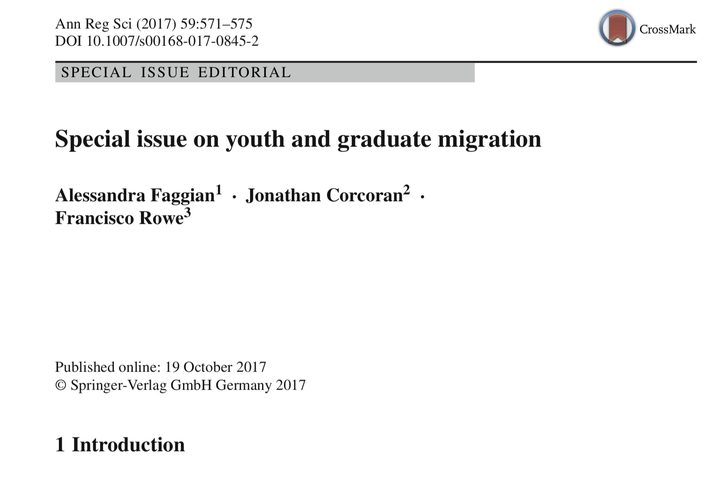
Abstract
Young people are associated with high levels of spatial mobility which is linked to a series of life course events, involving leaving the parental home, skills development, partnership and family formation, and entry to the labour force (Rogers et al. 1978). These life course events, and their associated spatial mobility, have important consequences for both individual employment outcomes and the economic vitality of local labour markets (Faggian and McCann 2009; Venhorst et al. 2010; Corcoran and Faggian 2017). Existing scholarship has highlighted that this spatial mobility is not uniform across the urban hierarchy. Rural areas are subject to persistent pressures to attract and retain youth and in particular young educated people to help redress accelerating ageing populations and replenishing labour gaps as well as to act as a key ingredient in stimulating economic development (Corcoran et al. 2010; Stockdale 2006). In contrast, larger metropolitan areas are magnets attracting the ‘best’ and the ‘brightest’ (Costa and Kahn 2000; Ritsilä and Ovaskainen 2001). At the expense of smaller towns and rural areas, young people migrate up the urban hierarchy in search of enhanced education, employment and lifestyle opportunities (Artz 2003; Gibson and McKenzie 2012).